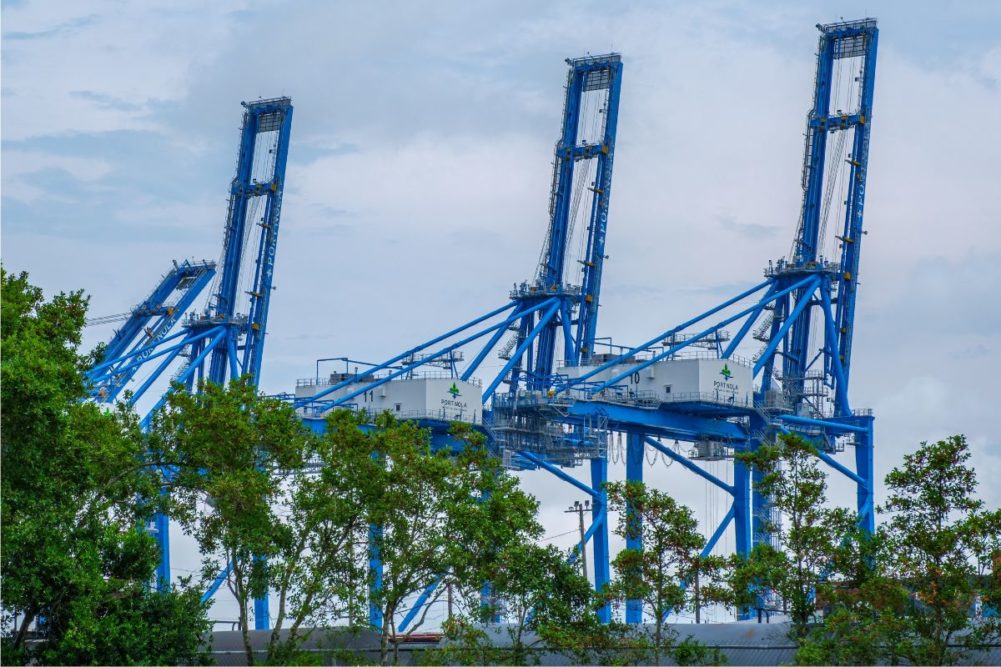NEW ORLEANS, LOUISIANA, US — The Port of New Orleans, Louisiana, a vital US agricultural trade link near the Gulf of Mexico, will see a significant increase in its import and export capacity through the construction of a $1.8 billion container facility on the Lower Mississippi River.
Louisiana Governor John Bel Edwards said on Dec. 12 that a public-private partnership consisting of the state of Louisiana, Port of New Orleans and two global maritime industry leaders will build the new Louisiana International Terminal (LIT) in St. Bernard Parish, Louisiana, US.
“This partnership is pivotal for the future growth in trading Louisiana agricultural commodities in the global marketplace,” said Mike Strain, commissioner of the Louisiana Department of Agriculture and Forestry. “While bulk grains, grain products and edible oils are exported through the port, the dominant product is poultry. Poultry is one of the largest agricultural enterprises in Louisiana, contributing over $1 billion to the state’s economy.
“This project will only further the success of Louisiana agriculture exporters and the many products they have to offer the global market. We welcome this momentous new partnership and the economic impact it will have across Louisiana.”
New Jersey-based Ports America, one of North America’s largest marine terminal operators, and Geneva, Switzerland-based Mediterranean Shipping Co., through its terminal development and investment arm Terminal Investment Limited (TiL), have committed $800 million toward the project.
In addition to the partners’ investment, the construction of the terminal will be supported by a substantial commitment from the port, as well as state and federal funding sources. The joint venture will operate the terminal once construction is complete.
The project is currently in the design and permitting phase of the US Army Corps of Engineers’ environmental review process. Barring unforeseen delays, construction is slated to begin in 2025 and the first berth to open in 2028.
At full build-out, LIT will be able to handle 2 million TEUs (20-foot equivalent units) annually, taking advantage of the deeper 50-foot Lower Mississippi River Ship Channel and avoiding height restrictions from Mississippi River bridges further up the river.
“Access to global markets represents expanding opportunities for both urban and rural communities,” Edwards said. “The powerful impact of this world-class logistics asset will benefit not only residents and businesses in south Louisiana, it will benefit advanced manufacturing, agribusiness and energy workers all across the state.”






